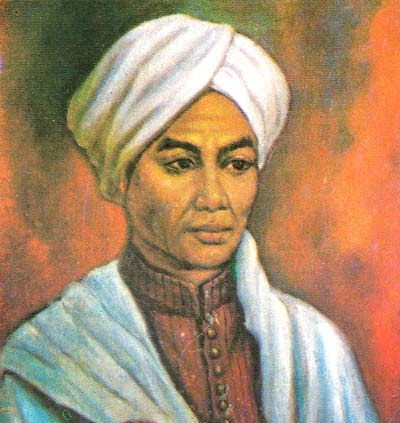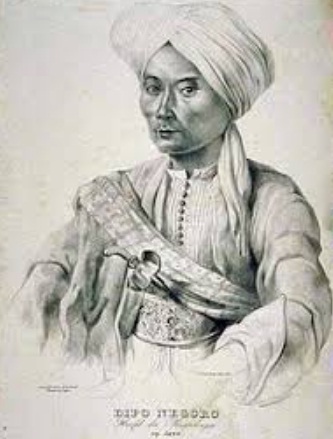

The book presents a detailed analysis of Dipanagara’s pre-war visions and aspirations asĪ Javanese Ratu Adil (Just King) based on extensive reading of his autobiography, the Babad Dipanagara as well as a number of other Javanese sources. This confrontation known as the Java War, in which Dipanagara was defeated and exiled, marked the beginning of the modern colonial period in Indonesia which lasted until the Japanese occupation of 1942-1945. The power of prophecy is a major study which sets Dipanagara’s life history against the context of the turbulent events of the late eighteenth and early nineteenth century when the full force of European imperialism hit Indonesia like an Asian tsunami destroying forever Java’s ‘old order’ and propelling the twin forces of Islam and Javanese national identity into a fatal confrontation with the Dutch.

Yet despite instant name recognition in Indonesia, there has never been a full biography of the prince’s life and times based on Dutch and Javanese sources.

avellanarius highlights the role of genetic studies to uncover species’ reproductive behaviours and include these data for conservation management.Between 18, the Yogyakarta prince, Dipanagara (1785-1855), is pre-eminent in the pantheon of modern Indonesian historical figures. This first report of mating behaviour in M. We also present evidence for low proportion of fathers identified in our samples that probably related to unsampled individuals and/or larger than anticipated population sizes. We found that multiple mating by female dormice is prevalent at both sites, with litters containing three or more offspring sired by multiple fathers moreover, multiple mating is adopted by released animals even after a period of captive breeding where females are mated singly or as a breeding pair. Adult female body weight positively correlates with litter size and no apparent reproductive skew was evident. avellanarius at two woodland sites in the UK: (1) Bontuchel (a natural population in Wales) and (2) Wych (a population in England that was established by reintroducing captive-bred animals) by genotyping mothers and litters at a panel of 10 microsatellite loci. Despite a high conservation profile many aspects of the biology of the common dormouse (Muscardinus avellanarius) remain unknown, potentially limiting present conservation efforts. Knowledge of natural patterns of mating can lead also to more effective management strategies for populations of conservation concern. Mating behaviour is an important component of species’ life histories.


 0 kommentar(er)
0 kommentar(er)
